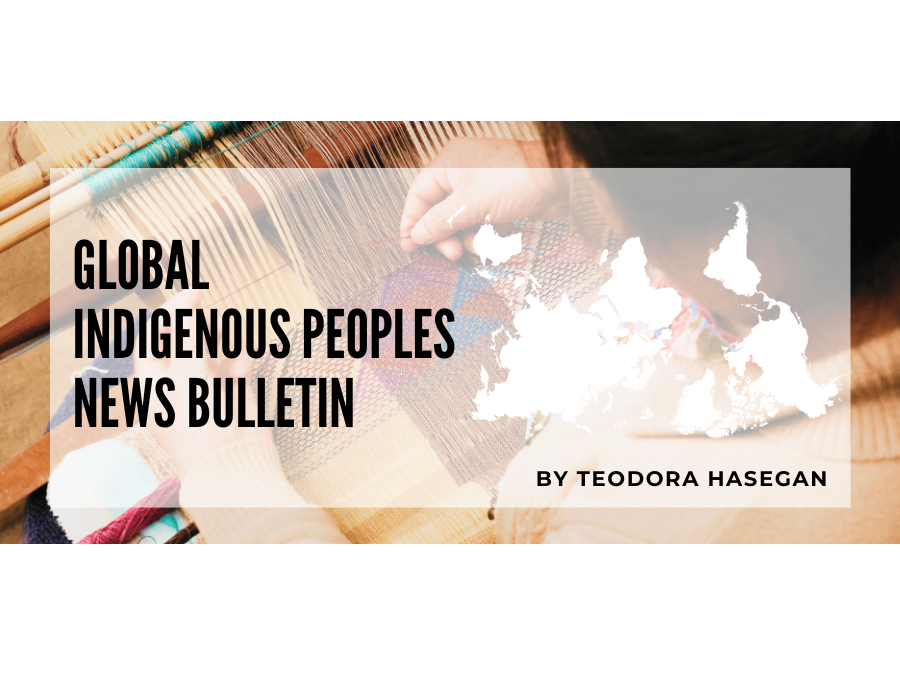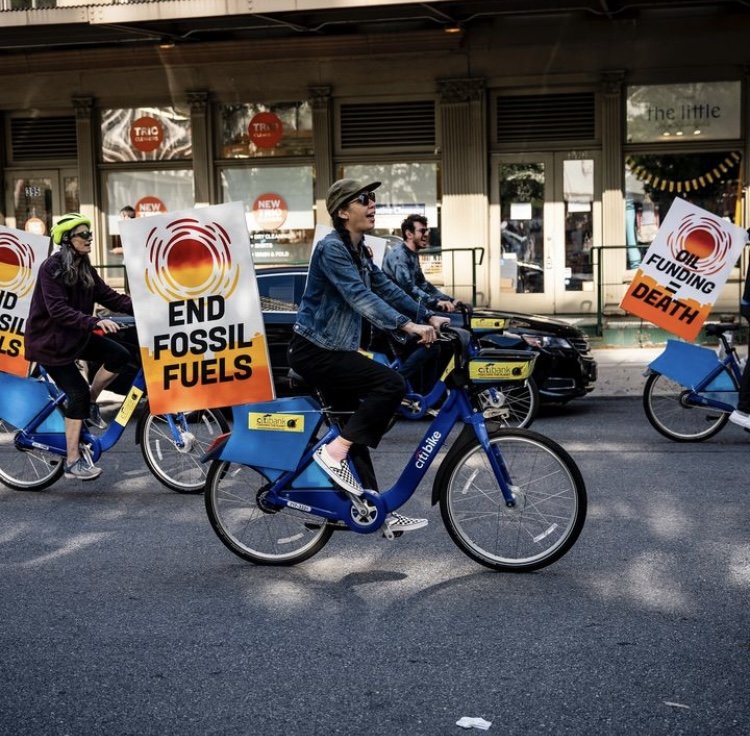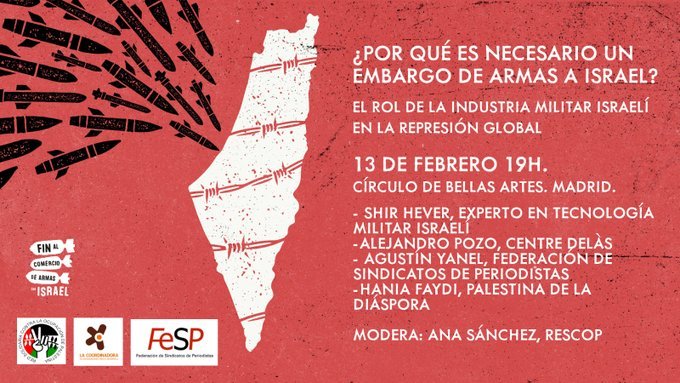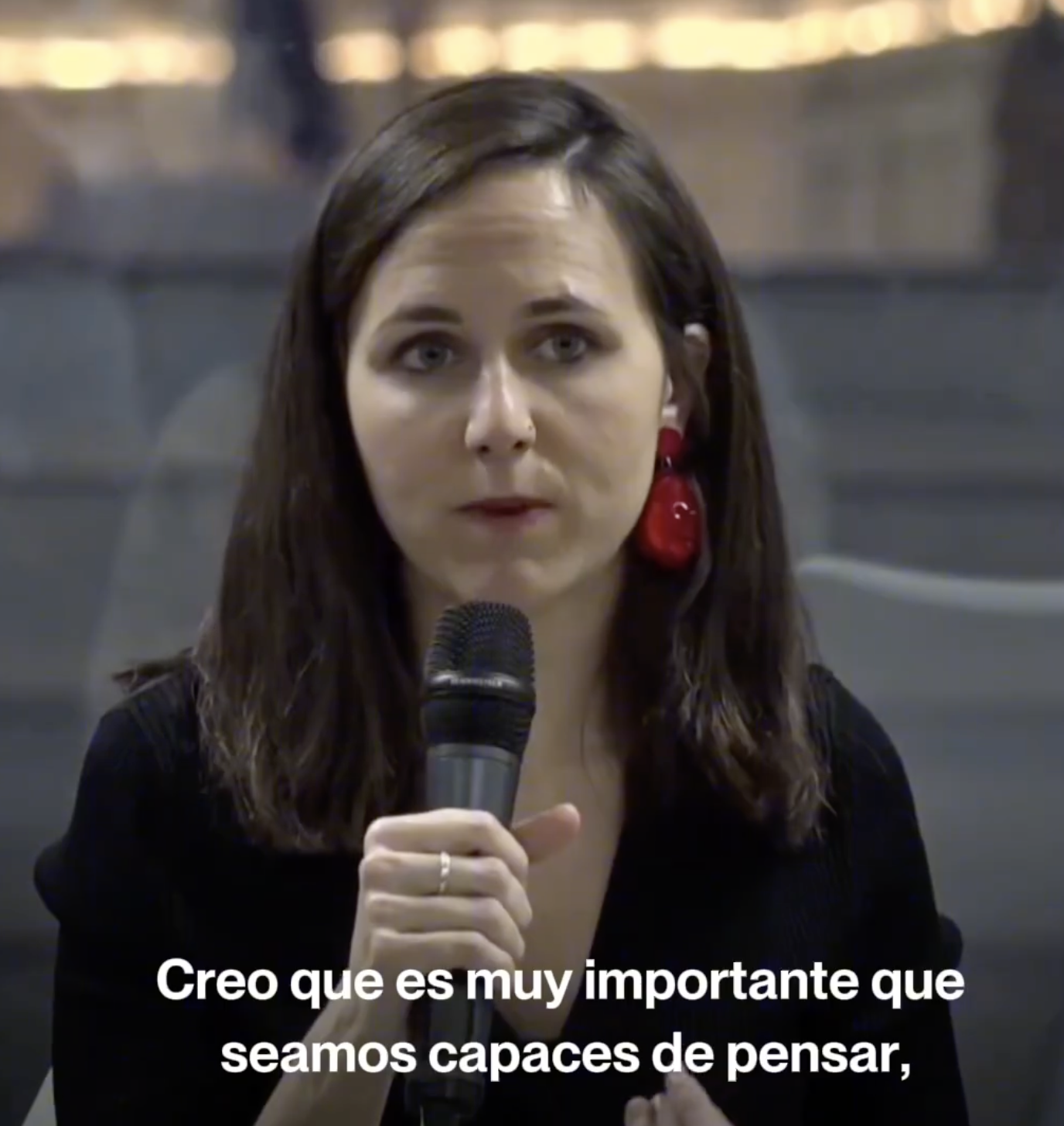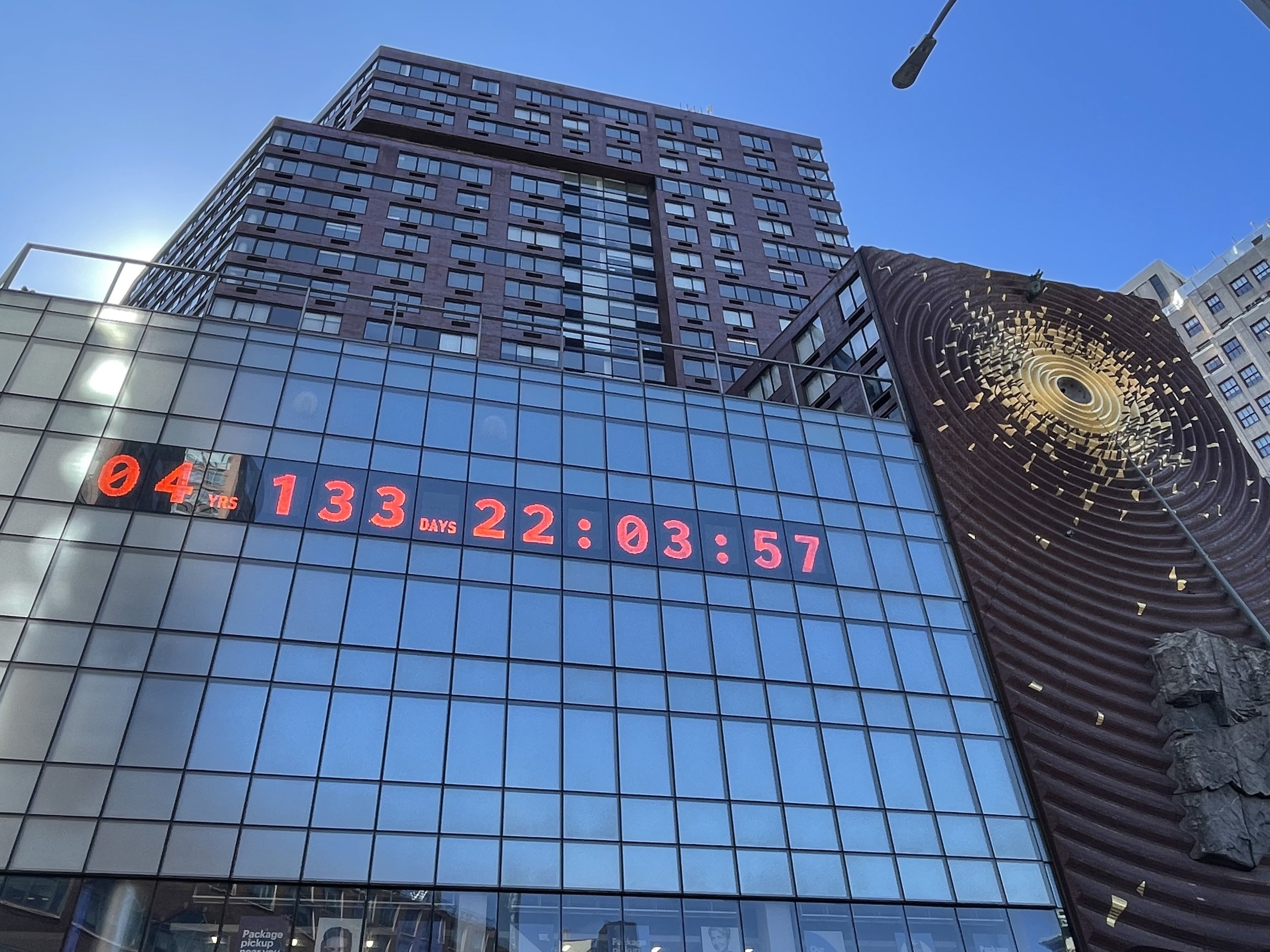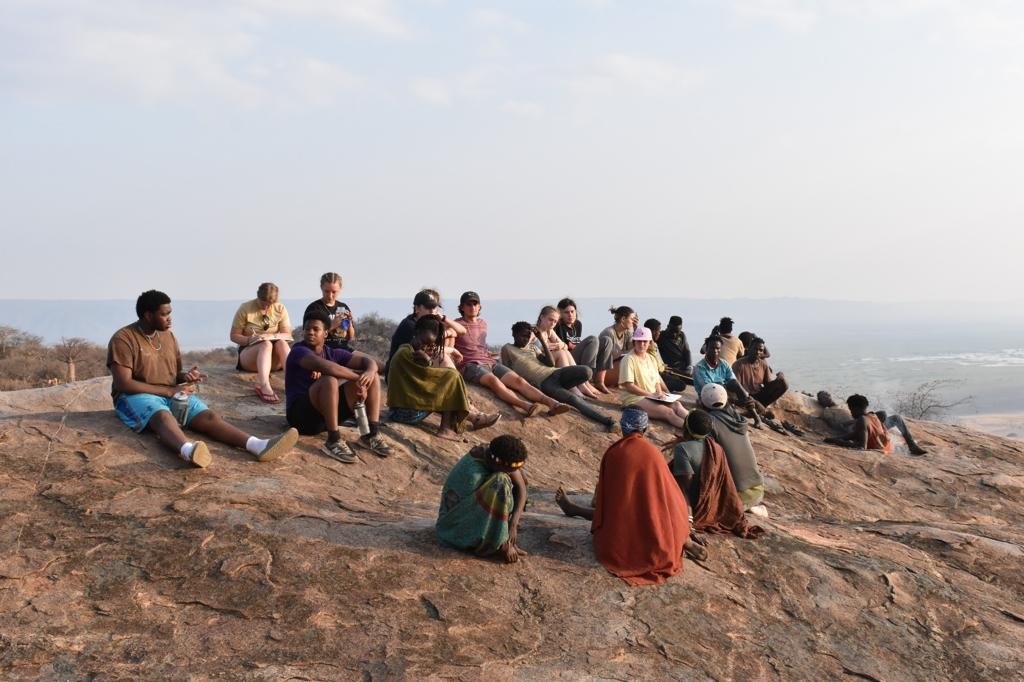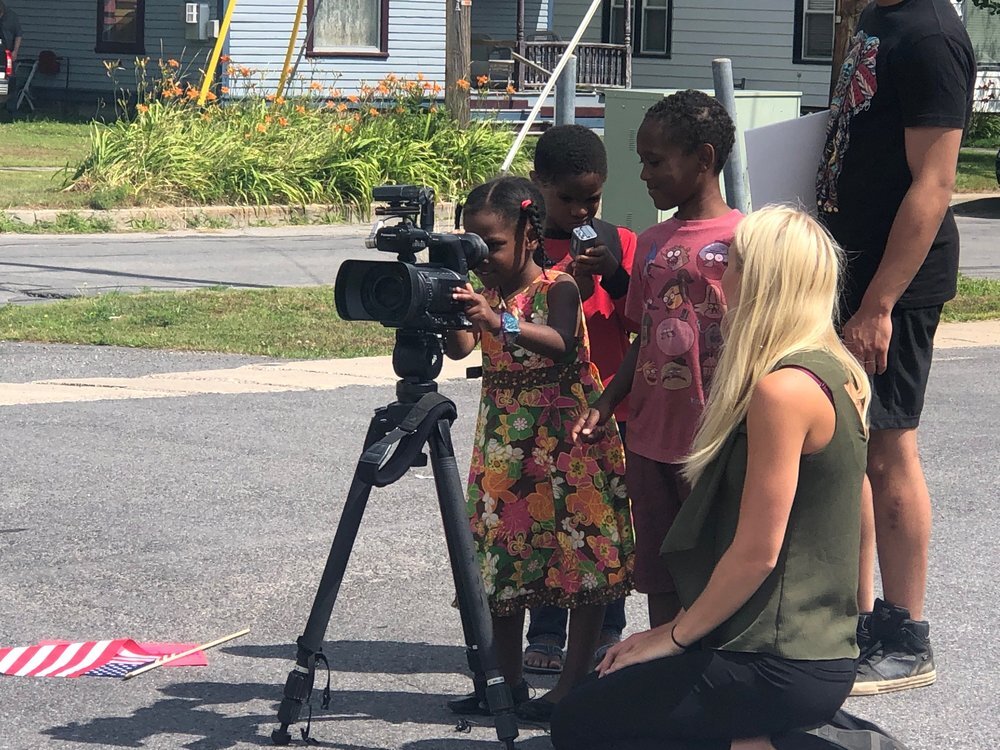
Stories
News

Analysis
Voices
Podcast
Announcements
Events
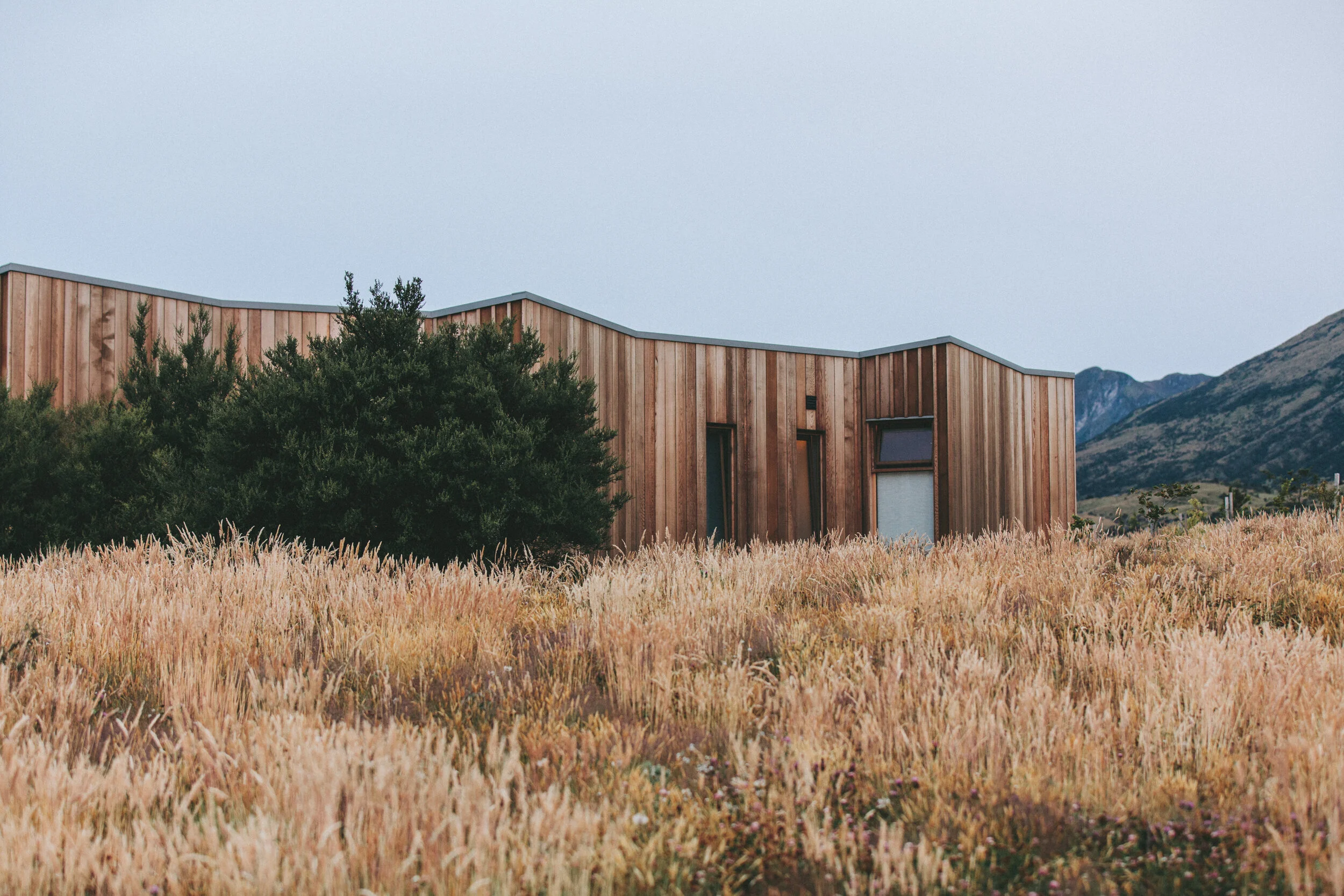
All Stories
Ecuadorian Paro Nacional: The Power of Grassroots Mobilization
This was certainly not the first national strike in Ecuador, nor was it the first time that Ecuadorians have protested against the neoliberal economic policies that have historically disenfranchised the country’s indigenous and impoverished communities. The willingness to shut down Ecuadorian society as an act of protest, despite the subsequent harsh economic repercussions of such mass mobilization, illuminates the fervent desperation of the indigenous communities and other social groups within Ecuador as well as people’s desire for drastic political, social, and economic change.
A Migrant's Story: The Real Human Face of the North Country Dairy Industry (II)
By Julianne DeGuardi
In the second installment of her three-part profile of migrant farm worker Juan Garcia, Weave News reporter Julianne DeGuardi details Juan’s story of moving among a number of different work opportunities in New York, Vermont, and Kentucky. Read Part I.
A Migrant’s Story: The Real Human Face of the North Country Dairy Industry (I)
By Julianne DeGuardi
As part of her continuing coverage of the issue of migrant farm workers in the North Country, Julianne DeGuardi begins a three-part profile of one worker whose journey has taken him from Chiapas, Mexico, to northern New York and Vermont.
Justice for Migrant Workers in Vermont!
By Julianne DeGuardi
In this report Julianne DeGuardi continues her investigation of the struggles facing migrant farm workers by looking at the situation in Vermont, where grassroots organizations like Migrant Justice play a key role in advocating for the rights of workers. This advocacy work has taken on a heightened importance in light of the changing national political climate. .
Interweaving: NCPR's David Sommerstein on Migrant Dairy Farm Workers in the North Country
By Julianne DeGuardi
As part of her ongoing research into the story of migrant farm workers in the North Country dairy industry, Weave News reporter Julianne DeGuardi spoke with another local reporter who has done extensive work on the topic: David Sommerstein of North Country Public Radio (NCPR). Enjoy the latest installment in our Interweaving series!
Changing Times: North Country Dairy Farmers Tell Their Stories
By Julianne DeGuardi
While conducting this research on the history of the North Country dairy industry, I contacted Traditional Arts in Upstate New York (TAUNY), a local non-profit organization based in Canton, NY. TAUNY developed an exhibit in 2013 entitled Dairy Farm Workers in Northern New York, which consisted of several recorded and transcribed interviews with dairy farmers throughout St. Lawrence County and with some Hispanic migrant workers, as well as several photos of the farms that depict various aspects of farm life and work. In this particular post I will be referencing some of the interviews with the farmers to share their experiences and perspectives on the aforementioned changes within the North Country dairy industry over the last thirty years. I will be referencing the transcribed interviews with farmers from three different dairy farms in St. Lawrence County: Decker Farm, Adon Farm, and Andrews Farm.
The Changing Nature of the North Country Dairy Industry
By Julianne DeGuardi
As I have mentioned in previous posts, the dairy industry is an extremely lucrative component of New York State’s economy, especially in St. Lawrence County, which is the state’s second largest dairy producer. Within the last thirty years, however, the industry throughout the entire U.S. has undergone drastic changes that have reverberated throughout New York State in general and St. Lawrence Country in particular. In the late 1980s, New York began deregulating the dairy industry by eliminating New-Deal-era regulations that had protected local milk processors. Consequently the state has lost nearly two-thirds of its dairy farms since the 1980s and the ones that remain have expanded. In this post I provide an overview of these changes, all of which provide the context for an upcoming post that will feature the voices of North Country dairy farmers.
Free Trade of Goods and People? The Macro Context of Mexico-US Migration
By Julianne DeGuardi
Migration is never an isolated phenomenon; it is always situated within a larger macro political-economic framework. Migration rates from Mexico to the US within the last 20 years must be examined within the context of the political-economic relationship between Mexico and the US from the late 1980s to the present. Although there has been a high demand for low wage migrant labor within the US, especially in the dairy industry, migration cannot solely be explained by the demand for labor in the destination country. Migratory trends are equally propelled by the political, social, and economic situation in the emitter country.
Migrant Workers in the North Country: Heightened Border Security, Heightened Invisibility
By Julianne DeGuardi
Since 9/11 Border Patrol regulations have been heightened significantly, which has placed the migrant workers in an increasingly vulnerable situation at the northern border. In 2001 there were about 340 Border Patrol agents in the US with 37 in NY; however, in 2014 there were 2,094 agents with 288 in NY. As result of such high border security, which I have witnessed myself this summer driving around the North Country, these migrant communities have become increasingly invisible, especially dairy farm workers because the majority are undocumented due to the lack of a visa program available for year-round workers.
Migrant Workers in the North Country: A Shifting Demographic Behind Closed Doors
By Julianne DeGuardi
Weave News contributor Julianne DeGuardi is investigating the conditions facing migrant workers who help keep the dairy industry running smoothly in the North Country (northern New York state). In this introductory post, she describes how she has approached the process of digging into this often invisible topic.

